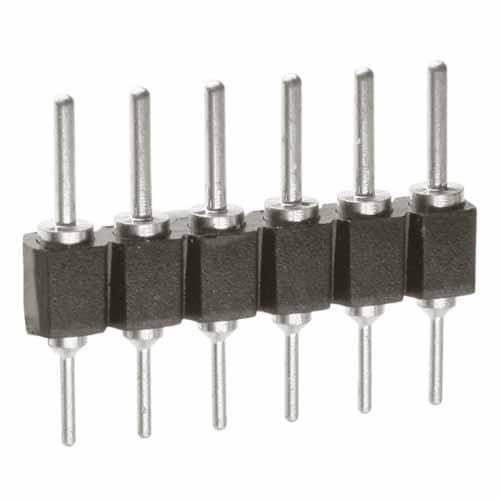David, when I did my 4-6-0, I just hardwired the firebox LEDs to one of the function outputs on the Blunami decoder. I'd expect if you can trace the wires, you could do the same with the Shay LEDs. The Blunami has a firebox flicker lighting output setting which negates the need for any external flickering circuit. What I should have done was to wire the firebox directly to the power output since the firebox would have to be glowing for a steam locomotive to have power to move, but I just used one of the function outputs and have to remember to turn it on to see it. Which you can't if the firebox door is closed anyway, but that's another story.
Later,
K
Later,
K







